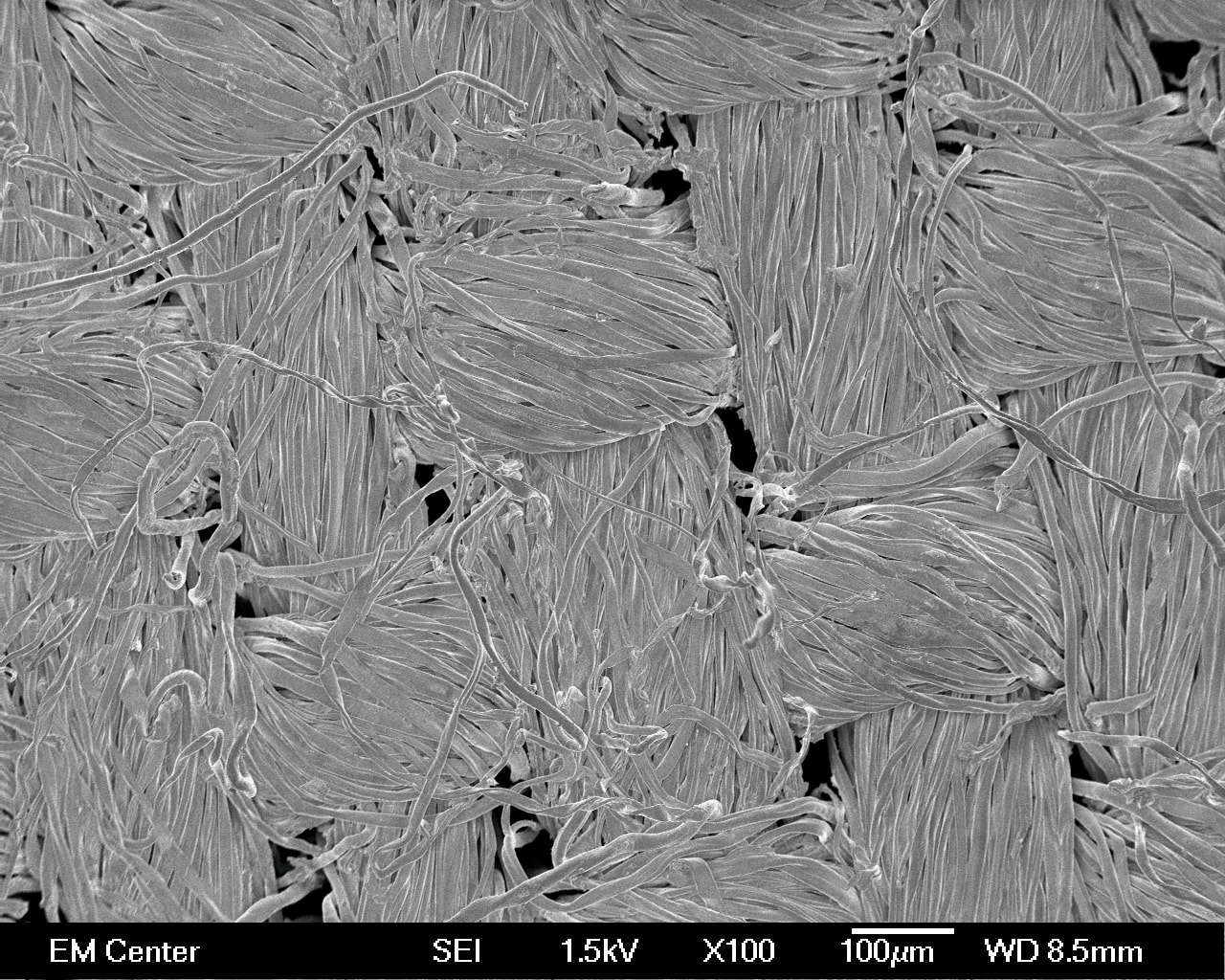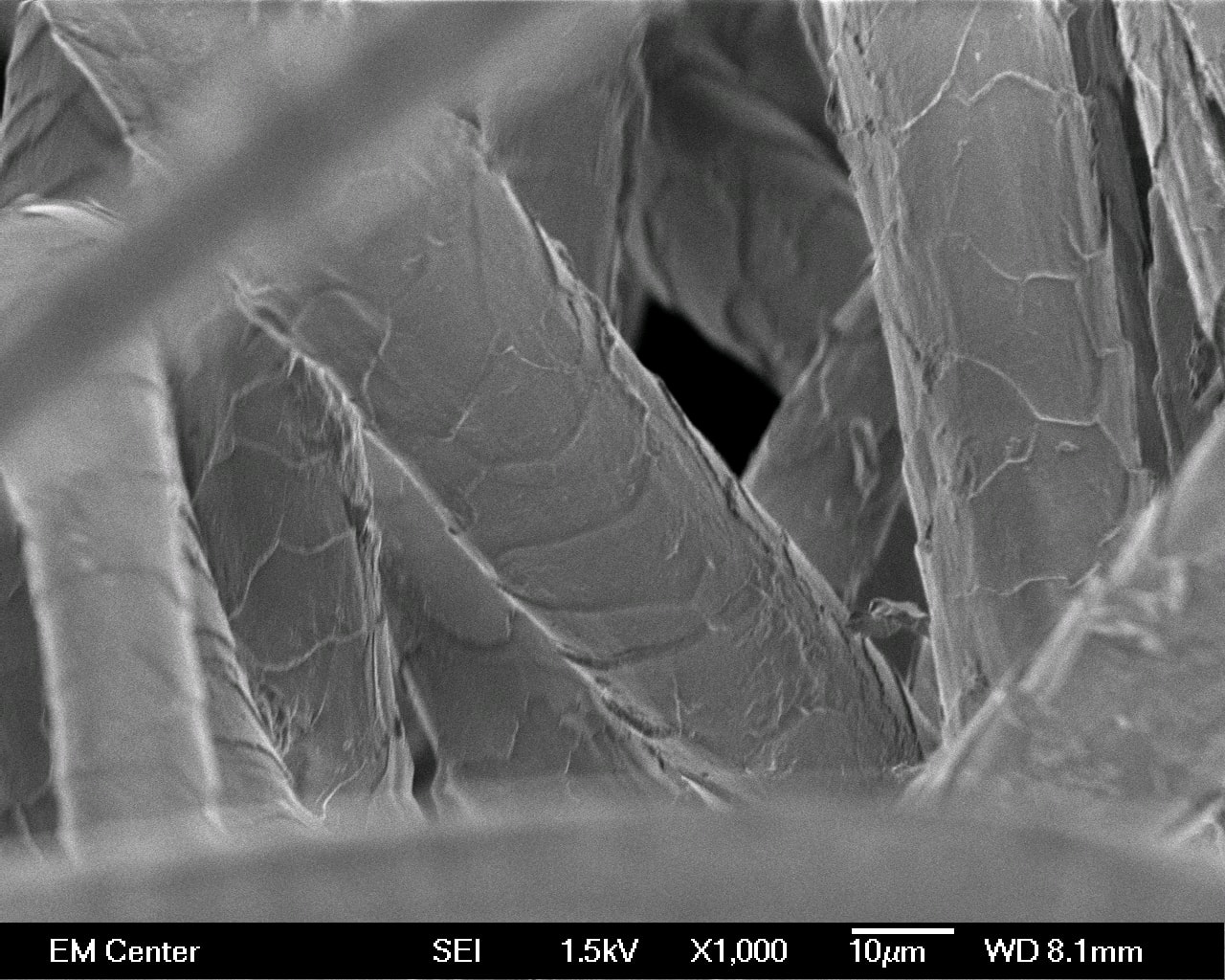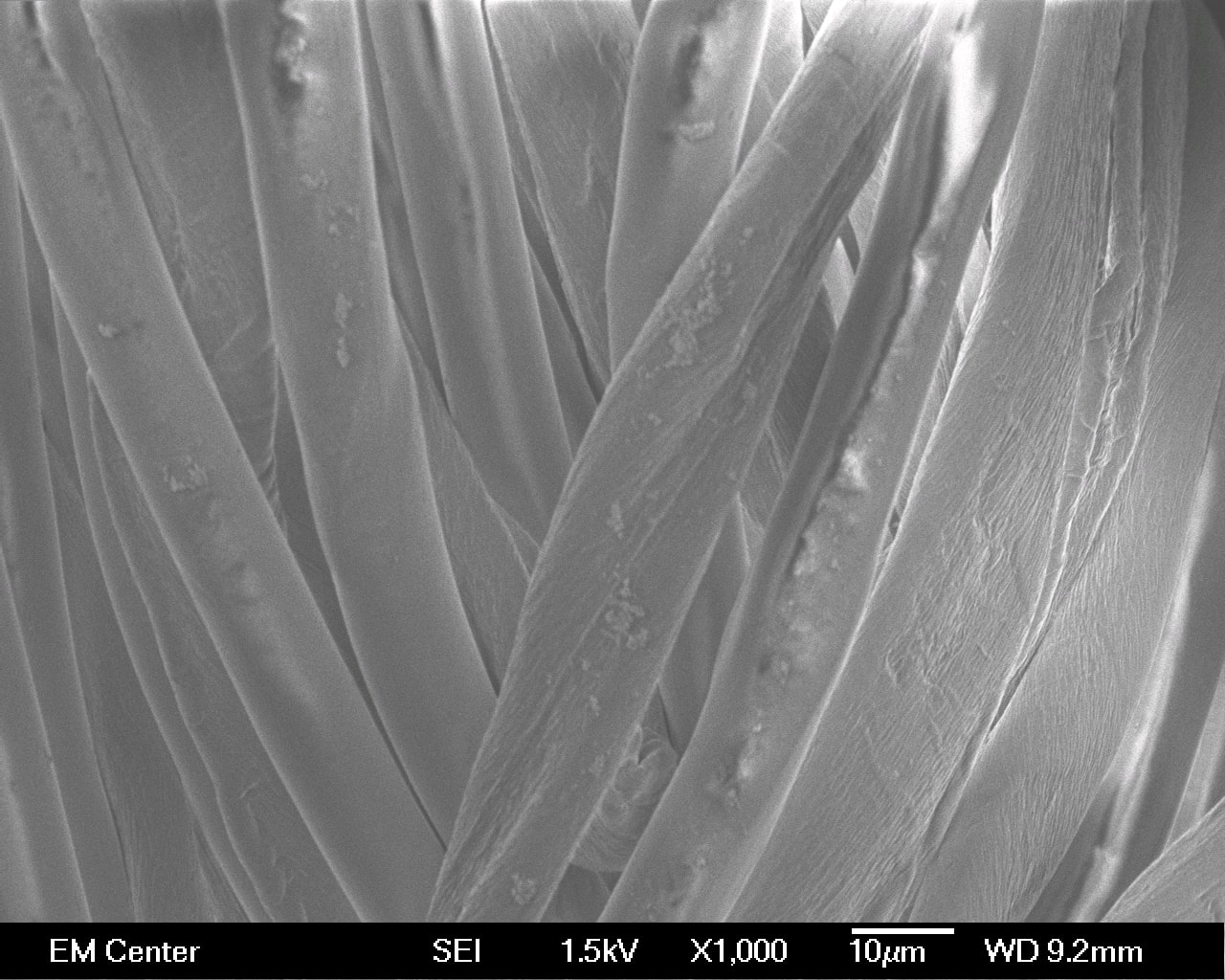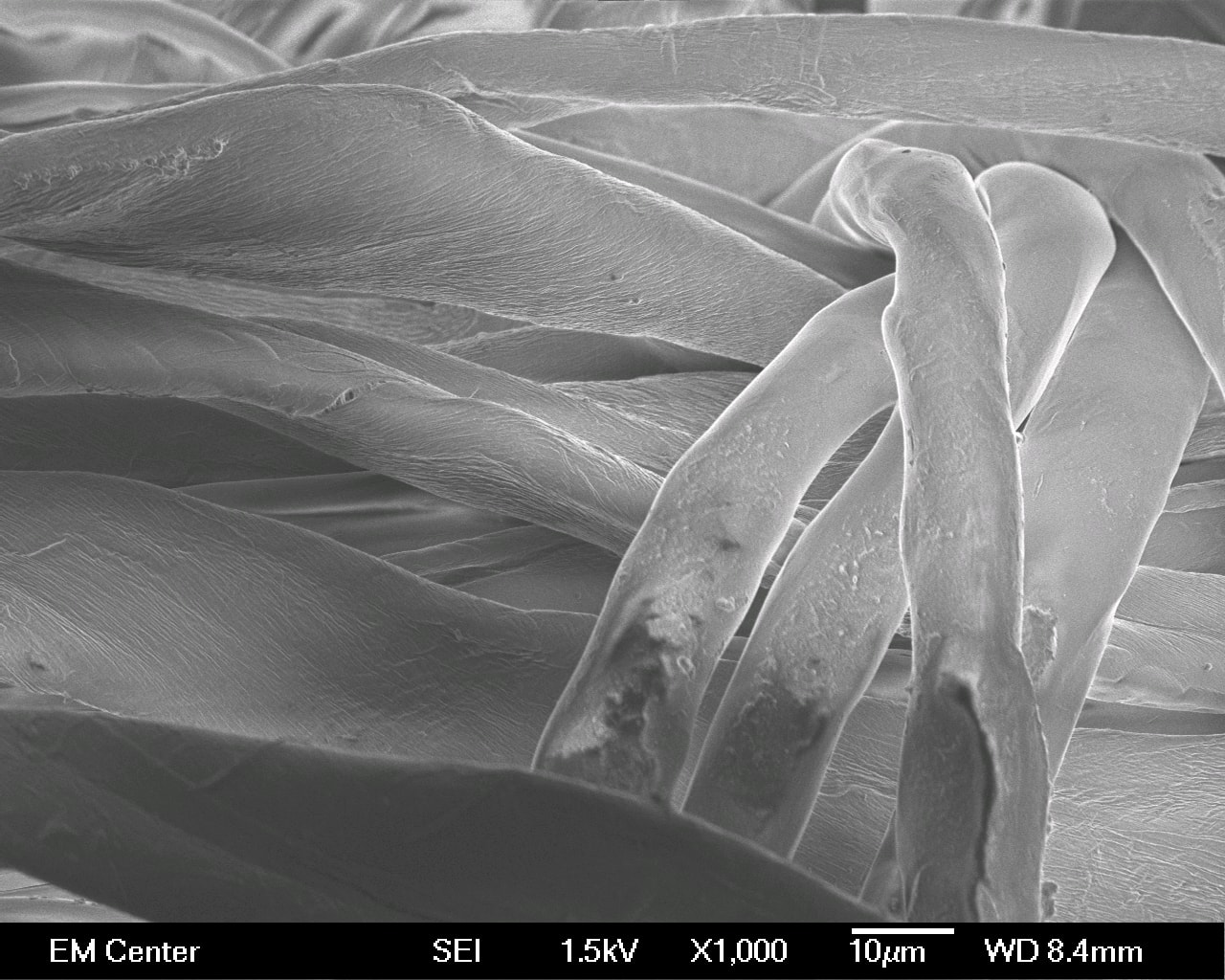Purpose: This study aims to explore the transformative potential of universal design (UD) principles in changing servicescapes to enhance consumer experiences and foster inclusive practices across various sectors.
Design/methodology/approach: Drawing from existing literature and research findings, this study offers a review of inclusive servicescapes and service practices through the lens of UD. The investigation spans multiple domains to highlight the impact of UD principles on inclusivity and societal welfare.
Findings: This research delves into the theoretical and practical contributions of UD principles, showcasing their application in diverse sectors to enhance citizenship experiences. This study presents valuable insights for businesses and service providers, emphasizing the significance of UD in improving societal well-being and fostering inclusivity.
Research limitations/implications: This study broadens the theoretical framework of UD, showcasing its versatility across various sectors and reinforcing its contribution to enhancing societal inclusion. By analyzing the interplay between UD principles and inclusive servicescape practices, this study highlights UD’s transformative impact on enriching citizenship experiences and fostering a deeper sense of belonging. Drawing from seminal works, this research not only adds to the understanding of UD’s role in promoting inclusivity but also strengthens the linkage between UD and inclusion theory, advancing the discourse on design's pivotal role in facilitating societal participation and crafting inclusive environments.
Practical implications: The findings of this study provide practical guidance for businesses and service providers to incorporate UD principles into servicescapes and service practices, enhancing consumer experiences. By referencing examples from education, retail and digital domains, this study offers insights for organizations seeking to create more inclusive and accessible environments.
Social implications: The societal implications of incorporating UD principles into marketplace practices are significant, promoting societal inclusivity and acceptance of diversity. By emphasizing the role of UD in fostering inclusive servicescapes, this study contributes to societal initiatives to ensure inclusivity and accessibility in the marketplace, ultimately enhancing the well-being of individuals with diverse abilities and promoting a more equitable society.
Originality/value: Building on existing literature, this study expands the understanding of UD and its potential impact on citizenship experiences. By anchoring the research on established perspectives and incorporating practical examples, this study offers original insights into the transformative power of UD in creating more inclusive and equitable societies.
Inclusive servicescapes: The imperative of universal design principles























